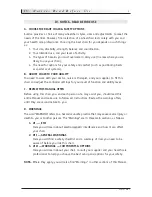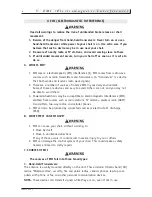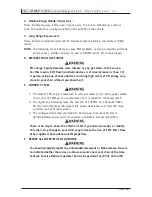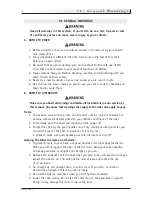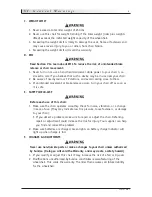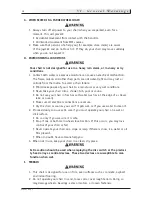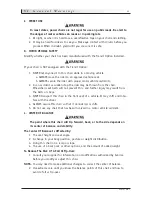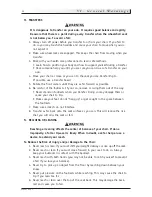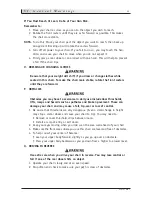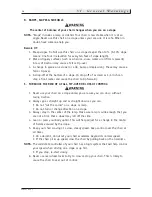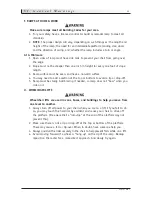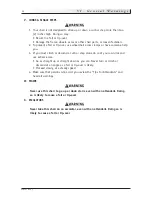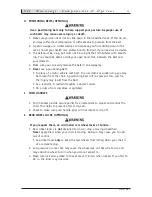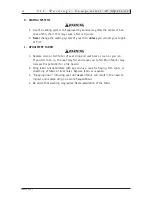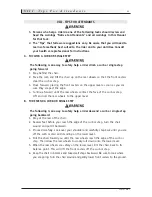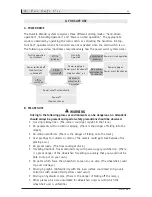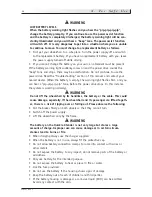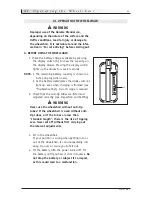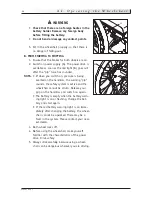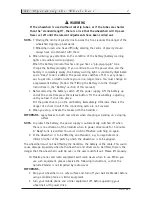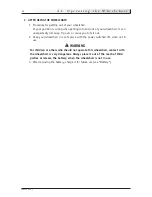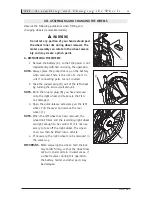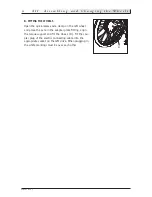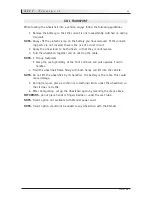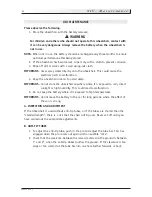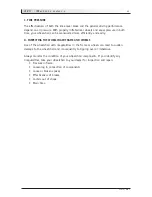
930547 Rev. C
V I I . W a r n i n g s : C o m p o n e n t s & O p t i o n s
19
H. POSITIONING BELTS (OPTIONAL)
Use a positioning belt only to help support your posture. Improper use of
such belts may cause severe injury or death.
1. Make sure you are not at risk to slide down in the wheelchair seat. If this occurs,
you may suffer chest compression or suffocate due to pressure from the belt.
2. A pelvic wedge or a similar device can help keep you from sliding down in the
seat. Consult your health care professional to find out if you need such a device.
3. The belt must be snug, but must not be so tight that it interferes with breath-
ing. You should be able to slide your open hand, flat, between the belt and
your stomach.
4. Make sure you can easily remove the belt in an emergency.
5.
Never
use a positioning belt:
• In place of a motor vehicle seat belt. In an accident or sudden stop you may
be thrown from the chair. A positioning belt will not prevent this, and fur-
ther injury may result from the belt.
• As a restraint. A restraint requires a doctor’s order.
• On a rider who is comatose or agitated.
I. PUSH HANDLES
1. Push handles provide secure points for an attendant to propel and control the
chair. This helps to prevent a fall or tip-over.
2. Check to make sure push handle grips will not rotate or slip off.
J. REAR WHEEL LOCKS (OPTIONAL)
If you request them, we will install rear wheel locks at Sunrise.
1. Rear wheel locks are
not
designed to slow or stop a moving wheelchair.
Never
apply them when your chair is moving. Doing so may cause you to veer
out of control.
• Use wheel locks
only
to keep the rear wheels from rolling when your chair is
at a complete stop.
2. Low pressure in a rear tire may cause the wheel lock on that side to slip and
may allow the wheel to turn when you do not expect it.
3. Make sure lock arms embed in tires at least 1/8 inch when locked. If you fail to
do so, the locks may not work.

